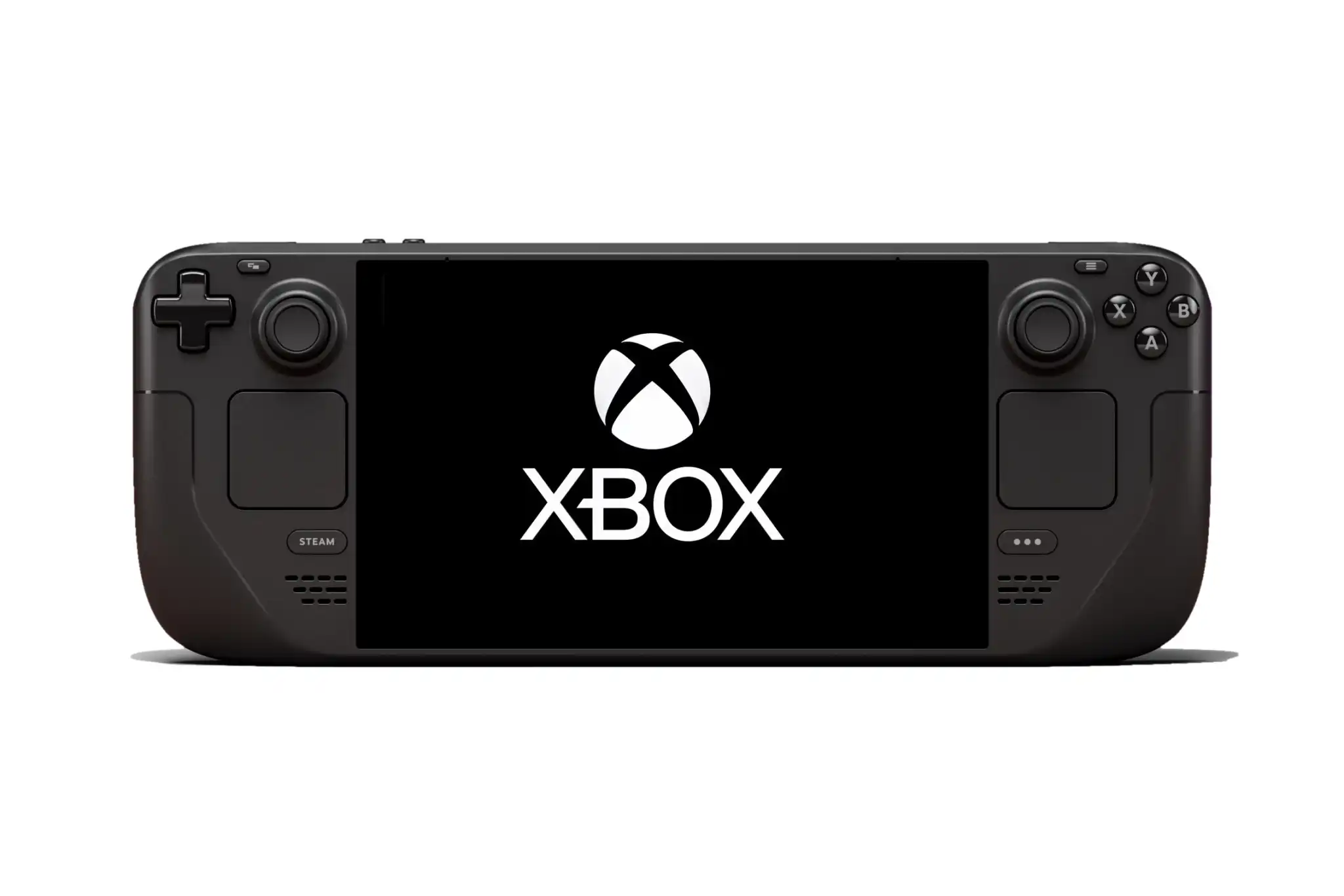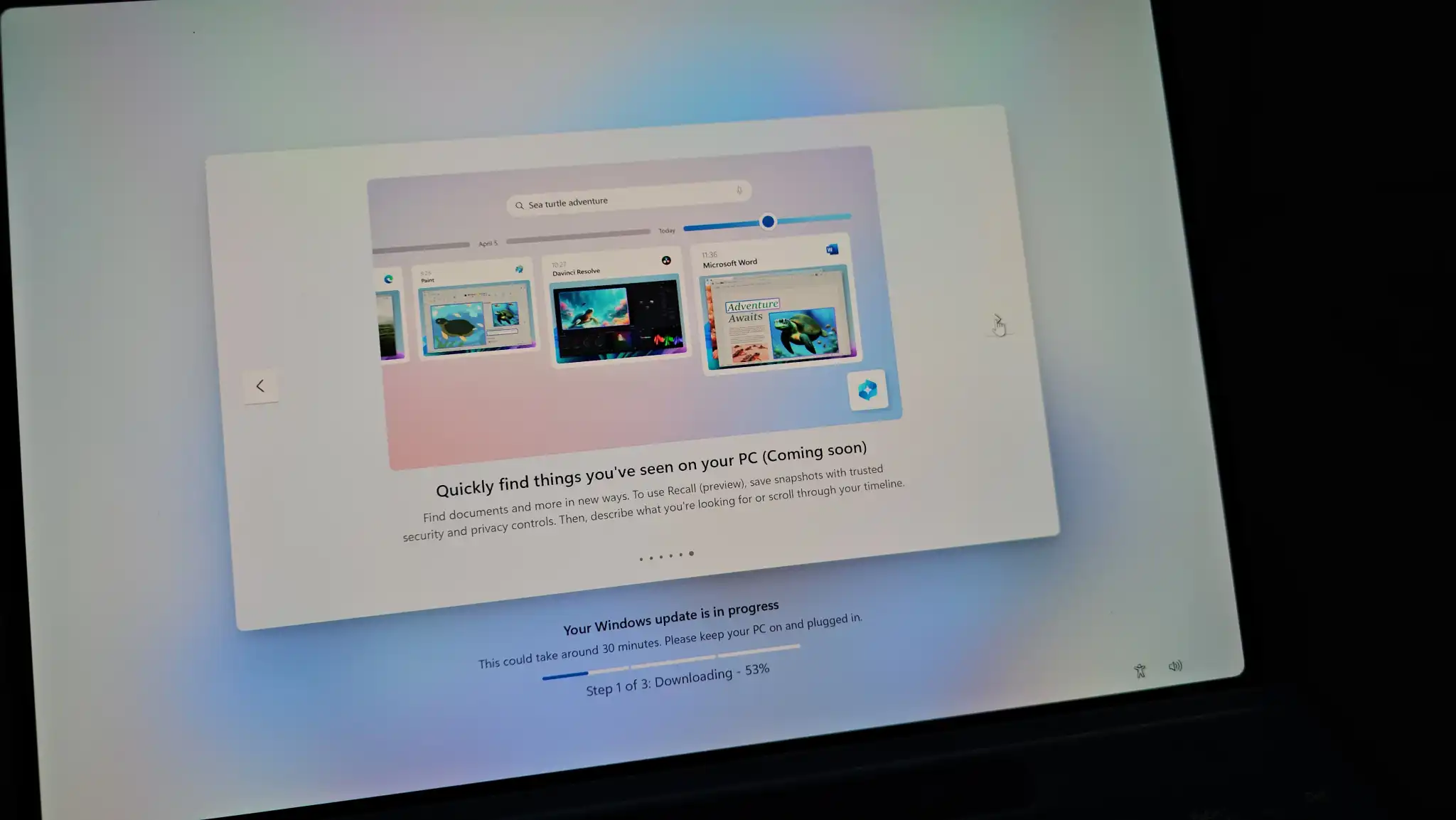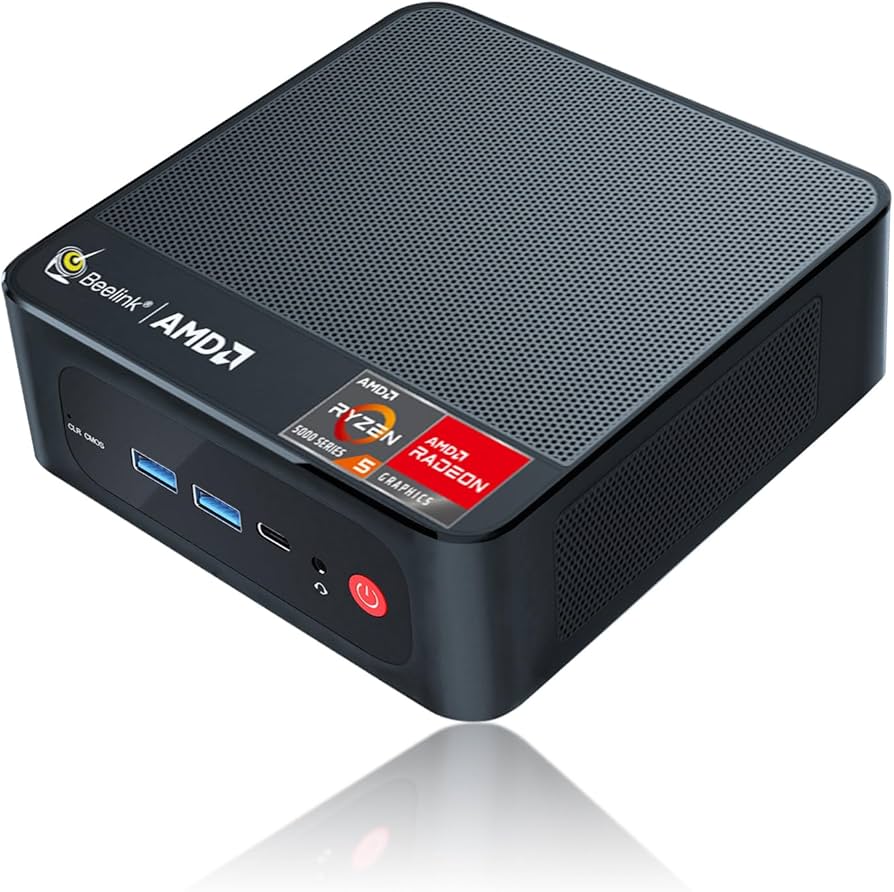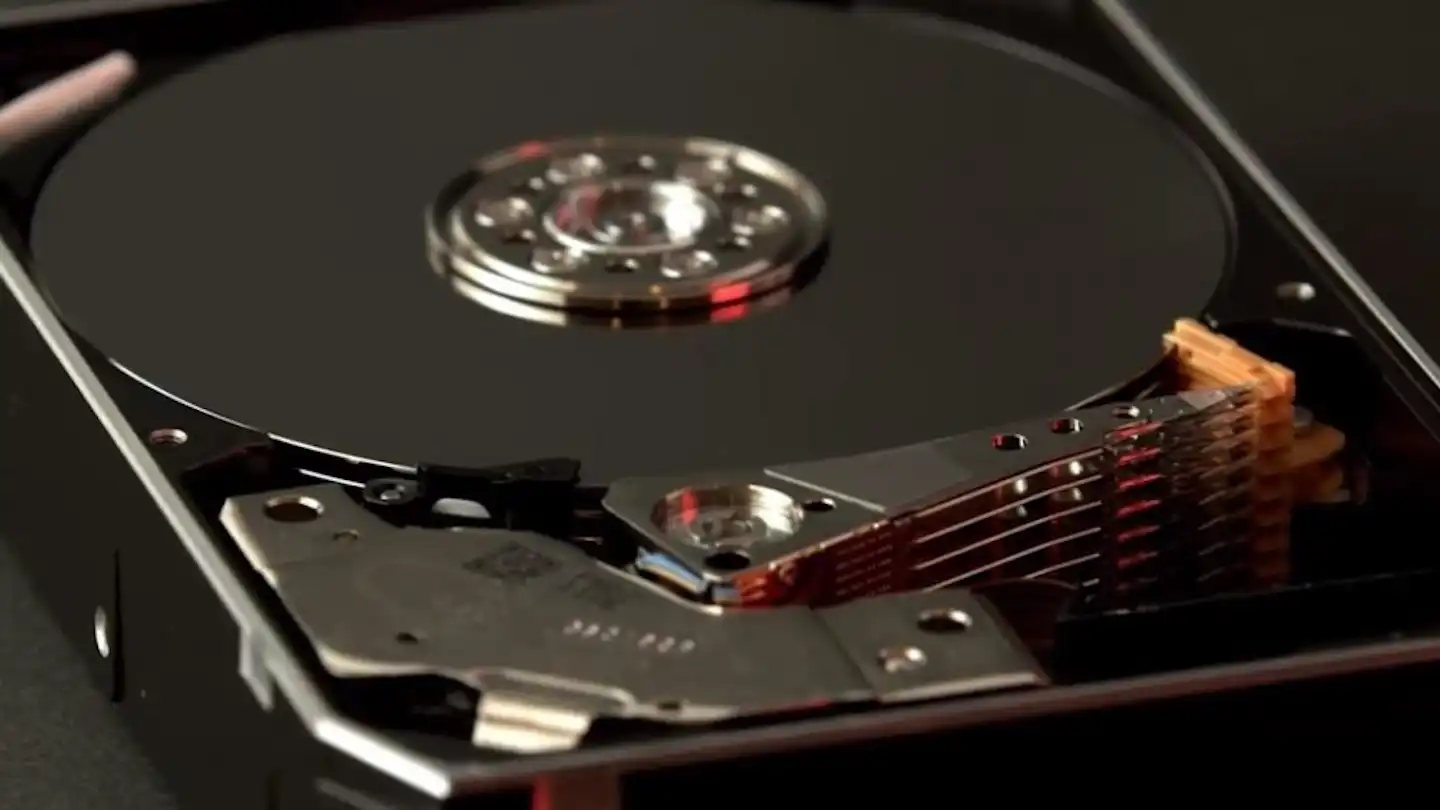Microsoft can’t be happy about the Steam Deck. After all, PC gaming has long been about Windows. For decades! Yet now one of the hottest PC gaming systems is… a portable Linux PC that runs Windows games? That’s right. The Steam Deck has really taken off.
To make matters worse for Microsoft, Windows just doesn’t work well on gaming handhelds. Years after its launch, the Steam Deck is still the handheld gaming PC to buy. (No wonder Microsoft wanted to buy both Valve and Nintendo, according to leaked confidential documents!)
If you’re Microsoft, you can’t allow the Linux-based SteamOS to establish a foothold like this. You want gaming PCs to keep relying on Windows! And with Valve’s recently announced “Powered by SteamOS” branding for partner devices, you’re probably quaking in your boots. For now, these partners might just be offering SteamOS gaming handhelds… but what’s next? SteamOS-powered gaming laptops? Desktop PCs? So, yes, Microsoft should be terrified of SteamOS.
But Microsoft is striking back. The company successfully fought off the now-defunct Steam Machines back in 2015, and they can do it again — it just won’t be as easy as last time.
The work Microsoft has already done
While Valve’s Steam Deck has a custom-designed interface that works on handhelds, Microsoft has done a bit of their own work to make Windows run better on gaming portables. Not much, but not zero either.
For example, you can toggle a “Compact Mode” in the Xbox app on Windows. It’s designed to make the Xbox app more usable on small screens, even as the rest of Windows works the same.

Microsoft
Microsoft also offers a “Compact Mode” for the Game Bar experience, which you can launch on any Windows PC by using the Windows key + G keyboard shortcut. Game Bar’s Compact Mode provides a more streamlined interface for handheld devices.
In 2022, Microsoft employees were testing prototypes for a Windows “handheld mode” as part of an internal hackathon — something we only know about due to this leaked video. However, nothing like this has ever materialized or shipped in Windows yet.

Lenovo
While companies like Lenovo and Asus have produced their own Windows-based gaming handhelds, like the Lenovo Legion Go and Asus ROG Ally, there’s no getting around the fact that Windows still provides an awkward experience on handhelds. That’s why it wasn’t a huge surprise when Lenovo announced they’d be offering a SteamOS-powered Lenovo Legion Go S at CES 2025.
Microsoft knows Windows is lacking here
Microsoft has been refreshingly honest about the state of Windows on gaming handhelds. Last year, the company humbly signaled that Windows on a gaming handheld is… well, pretty bad.
In fact, back in February 2024, Microsoft Gaming CEO Phil Spencer told The Verge that Microsoft was seriously working on it:
“One of the weak points in the experience on a [Windows handheld gaming PC] is Windows. How Windows works on controller input only on that kind of DPI, on a smaller eight- or seven-inch screen. That’s a real design point that our platform team is working with Windows to make sure that the experience is even better.”
We haven’t seen real results in the months since he said this, apart from the few compact mode updates I mentioned above.
Forget Windows. Here comes Xbox!
At CES 2025, Microsoft didn’t really make any big announcements about any of this — but they did tip their hand a bit. Jason Ronald, Microsoft’s Vice President of Next Generation, said the Windows gaming handheld experience will change sometime this year.
Microsoft’s plan involves “bringing the best of Xbox and Windows together, because we have spent the last 20 years building a world-class operating system, but it’s really locked to the console.” Apparently, the company wants to put an “Xbox experience” on these handheld gaming PCs instead of the traditional Windows desktop.

Microsoft
It’s not going to be easy, of course. While the Xbox operating system is built on Windows, it really is a separate software platform — you can’t just run an Xbox game on Windows, for example.
Additionally, Microsoft’s recent “This is an Xbox” campaign encourages you to see all your devices as Xboxes. Your smartphone? That’s an Xbox, according to Microsoft! (After all, it can stream Xbox games over the cloud via Game Pass.) Why not your gaming handheld, too?
Are “Xbox handhelds” the future?
Despite Microsoft’s big talk about Xbox coming to handhelds, I don’t think Microsoft is promising an Xbox handheld to compete with the Nintendo Switch 2 or Steam Deck (although that could happen).
To me, it sounds more like Microsoft wants to provide something closer to a “full” Xbox experience on Windows. The company has ported technologies from Xbox to PC in the past, like the DirectStorage technology that promises faster load times.
Forget the Game Bar and the Xbox App that’s tacked onto Windows. Instead, picture the full Xbox dashboard popping up as an interface that’s usable on Windows. Imagine Windows booting up to that without requiring you to dig through the desktop.
There’s a lot of work to be done here, porting this to the standard Windows operating system and ensuring people can still accomplish necessary PC maintenance tasks without heading back into the traditional Windows desktop experience. But it sounds interesting!
From a branding perspective, it makes sense. Many console gamers love Xbox, but most PC gamers have a more positive association with Steam than Windows. Going forward, Microsoft will likely try to capitalize on that with an “Xbox handheld experience” that PC manufacturers can provide, powered by Windows (of course).

Valve
That’s a tough sell for the “traditional PC gamer” market, though. Again, most PC gamers are strongly invested in Steam — if they were invested in Xbox, they’d be using an Xbox console instead! And since they’ve already built up massive Steam libraries, they’re more likely to choose Steam over Xbox even on a Windows-powered handheld. At that point, why not just get a Steam Deck with better support and integration?
This is all thanks to SteamOS
Obviously, if Valve had released a Windows-powered Steam Deck, Microsoft wouldn’t be responding so strongly, if at all. They’d probably shrug and let Valve and PC manufacturers deal with the interface problems, just like how Microsoft leaves Lenovo to create their own software for their dual-screen Yoga Book laptop despite once promising a special version of Windows optimized for dual-screen devices.
But the fact that Valve’s Steam Deck is built on SteamOS, that the Steam Deck is flaring in popularity, and that SteamOS is spreading to other gaming handhelds is a big problem for Microsoft. It means fewer Windows license fees, lost Windows market share, and a negative impact on their dominance in the gaming space.
Whatever the case, it’ll be interesting to see if this is the push Microsoft needs to finally merge Windows PC gaming with Xbox gaming. I’d love to run Xbox games right on my gaming PC without needing a separate console. With all the talk about bringing Xbox to Windows, perhaps that future is in sight? Will the next Xbox console basically be a Windows PC? It’s possible! Thanks, Valve.





